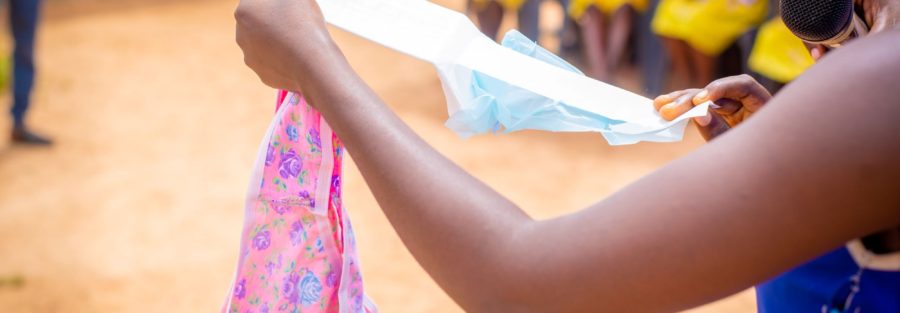World Environment Day offers an opportunity for organizations and communities to reflect on how the environment is being protected or harmed. The global theme for this year’s commemoration, “Ending Plastic Pollution,” is a fitting focus given the alarming levels of plastic waste choking our oceans, cluttering our communities, and poisoning the environment.
While the world rallies against single-use plastics such as bottles, bags, and straws, another silent yet dangerous contributor to plastic pollution that is often overlooked is menstrual products.
In commemoration of this year’s World Environment Day, ARHR highlights this often-overlooked but increasingly urgent issue – the environmental impact of improperly disposed sanitary pads, particularly those that are flushed down toilets.
The Hidden Consequences of Flushing Sanitary Pads
When sanitary pads are flushed down the toilet, the consequences extend far beyond a simple plumbing issue. These products are designed to absorb moisture, so once in water, they expand and often clog pipes, leading to serious blockages in both household plumbing and larger public sewage systems. In areas with weak or overburdened infrastructure, these blockages can cause waste to overflow into streets, waterways, and local communities, posing environmental and health hazards.
The burden of these blockages often falls on sanitation workers, who are sometimes forced to manually remove soiled pads, exposing themselves to harmful bacteria and diseases. Since most sanitary pads are made from non-biodegradable plastic materials, those that aren’t caught in sewage systems eventually end up in landfills or flow into rivers and oceans, adding to the global plastic pollution crisis.
But why are people flushing pads in the first place?
The reasons are complex and deeply rooted in a mix of practical limitations and social stigma. Many women and girls have never been taught proper menstrual hygiene practices, including how to dispose of pads properly. Cultural taboos surrounding menstruation often lead to feelings of shame, prompting individuals to hide or flush used products to avoid embarrassment.
In many public restrooms, the lack of accessible disposal bins leaves flushing as the only seemingly discreet option. This problem is even more acute in schools. According to a 2021 WaterAid report, many schools still do not provide proper waste disposal for menstrual products, pushing students to flush pads or discard them inappropriately.
Flushing sanitary pads is not just a personal decision—it’s a reflection of broader issues like inadequate infrastructure, lack of education, and persistent stigma around menstruation. Addressing these root causes is essential for protecting both people and the planet.
Reimagining Menstrual Waste as a Sanitation & Environmental Issue
ARHR believes proper menstrual waste management is not just a health issue but a matter of gender, sanitation, and environmental justice.
What Needs to Change?
- Public Education
Communities need to be informed about the dangers of flushing pads and the importance of proper disposal. Schools, community centers, and healthcare providers should be empowered to share safe practices without stigma.
- Improved Infrastructure
Toilets, especially in public spaces and schools, should be equipped with clearly labeled disposal bins, and systems must be established for the safe handling of menstrual waste.
- Eco-Friendly Alternatives
There’s a growing market for biodegradable pads and reusable menstrual products such as cloth pads and menstrual cups. Policies are needed to make these options affordable and accessible for all women and girls.
- Policy Integration
Menstrual waste management should be included in national conversations about sanitation and environmental policy. A comprehensive menstrual health strategy must encompass environmental considerations.
The Way Forward: A Call to Action
As the world works toward ending plastic pollution, it is essential to incorporate menstrual waste into the conversation. Plastic from pads is no less harmful than plastic from bottles or wrappers; in fact, its concealment makes it even more dangerous. Urgent action is needed to end plastic pollution.



